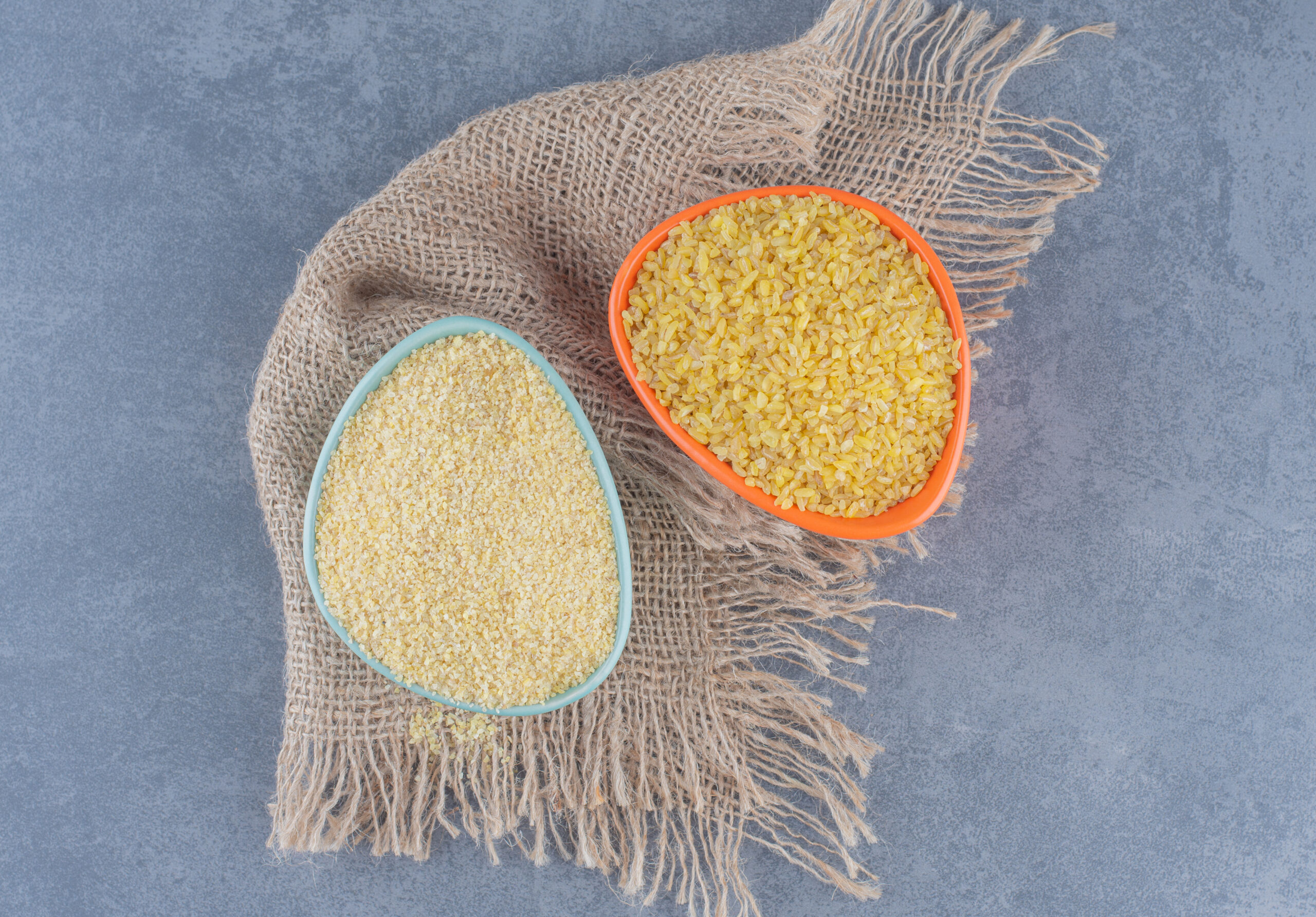Millets have played a quiet but steady role in Indian kitchens for centuries. Today, they’re making a bold return to our plates not just as a nostalgic comfort but as part of modern wellness routines. Among the many types, little millet vs. foxtail millet is a comparison that pops up often when people look for balanced, everyday grains. Let’s explore what makes them unique and which might better suit your health goals.
Little Millet vs Foxtail Millet: Understanding the Basics
Both little millet and foxtail millet are loved for being gluten-free, easy to digest, and naturally rich in nutrients. While foxtail millet is often used for its energy-boosting properties, little millet is considered a lighter option, primarily valued for its fiber content.
In the little millet vs. foxtail millet debate, little millet stands out for its versatility in recipes and suitability for gentle, nourishing meals. Foxtail millet, on the other hand, is often used by those who need something more filling and energizing.
Little Millet Health Benefits
Among the many reasons for its rising popularity are the multiplehealth benefits of little millet. It’s often included in daily meals for its gut-friendly nature and lightness. With good amounts of fiber, B vitamins, and antioxidants, little millet can be a comfortable addition to one’s daily diet.
It is used in a variety of Indian recipes, be it porridge, upma, or Pongal and pairs well with simple, traditional ingredients. Many consider it a gentle grain that doesn’t overwhelm the digestive system.
Best Millet for Diabetes & Wellness
If you’re looking for the best millet for diabetes, little millet often enters the conversation due to its lower glycaemic index and high fiber content.It may help support steady energy release without causing sudden spikes, making it a thoughtful addition to a mindful meal plan.
That said, foxtail millet, too, has its strengths it’s rich in protein and iron, which may support active individuals or those looking for better energy levels. The choice between little millet and foxtail millet largely depends on your daily needs and wellness goals.
Choosing What’s Right for You
There isn’t one perfect millet for everyone. If you prefer lighter meals that digest easily and keep you balanced, thelittle millet health benefits might make it your go-to. If your goal is stamina and strength, foxtail millet might be better suited.
Many wellness practitioners also encourage the rotation of different millets. This way, you benefit from a wider nutrient range without over-relying on one grain.
Both little millet and foxtail millet have strengths. Choosing the right one isn’t about picking a winner it’s about listening to your body, lifestyle, and preferences. For those looking to explore millets in their most natural, authentic form, Sri Sri Tattva offers carefully sourced options that bring traditional wisdom into modern meals.
Whether you’re interested in little millet health benefits, comparing or simply searching for the best millet for diabetes, starting with trusted brands is a good step forward.





